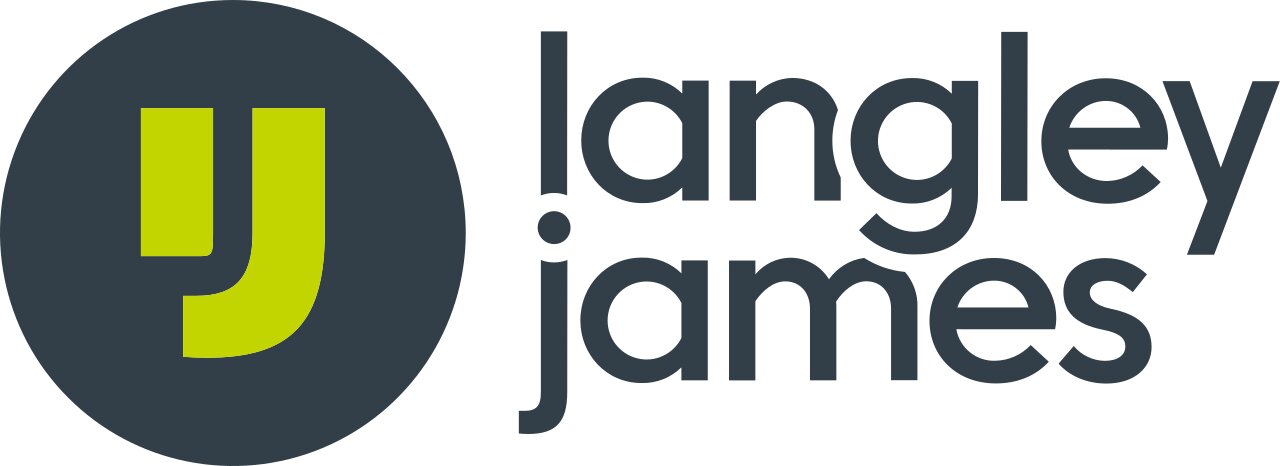1st Class Interviewing: Part 1 of 12
How to Write a High-Performance IT Recruitment Job Description
The Job Description is the cornerstone of every effective recruitment process. It serves as a blueprint for every role in your business and collectively, they form a complete operational architecture of your entire organisation. It is that important and an IT Recruitment Job Description requires more detail than others with technical objectives as well as broader commercial role objectives.
It is common for historic job descriptions to be passed on and reused resulting in something that is out of date from the start of the process.
The value to your business of having properly defined job descriptions is huge; by offering comprehensive, organised, and easily understood parameters in the form of a job description to guide the candidate and their line managers clarity for the candidate’s responsibilities and accountabilities. To improve on this, a ‘High Performance’ job description will in addition help to inspire a potential candidate to want the role and to understand how they can enjoy it by mapping out career progression and opportunities
In this blog by Langley James IT Recruitment we will present the essentials required to create a “high-performance job description” designed to increase recruitment results and help with the interview process and employee achievement.
What is a Job Description and What Value Does it Offer?
Put simply, the Job Description, or JD, is the foundation upon which your entire recruitment and subsequent management process is built. It is an extremely important document and well worth significant investment from you in both time and resources to get right.
Recruitment
A properly written JD clearly describes the role’s purpose, context, core and secondary role responsibilities, and the skills, experiences and attributes required. IT Recruitment requires more specific technical skill and experience requirement.
A good JD will help Langley James to write an advert and it will attract far more relevant candidates.
Interviewing
A quality JD gives a clear structure for your candidate interviews and will keep the process honest, it will assist in structuring the questions to help you and Langley James to recruit the best people for your role and help you to focus on what is important giving you a ready made script to how present the job and opportunity.
Management
When a new recruit starts the JD will form the backbone of your management plan. Appraisals, KPIs, objectives, goals, training, and progression all stem from an accurate JD to match your expectations with their performance. Getting it right will ensure it serves as a reminder to help you deliver on the promises made during the interview.
Purpose & Goals
The JD should be designed to attract candidates, the initial purpose of the JD is to pitch the opportunity to prospective candidates in a way that clearly communicates your needs while inspiring them to commit to an application, interview or job offer with a compelling and interesting presentation.
The goal is to create as much candidate interest as possible to ensure your vacancy is high on their wish list of applications.
Knowing that, do you think a job title, a list of responsibilities, and skill requirements is enough to compete with other companies fighting to secure the same talent?
The Opportunity
The best way to achieve candidate interest is to sell them the benefits of joining your business focusing on what they will get out of the deal. This is what ‘The Opportunity’ really is. The trick is to focus on the likely motivators of your ideal candidate and speak to them directly, matching their needs to your offering, reinforcing it all with your brand values, culture and company story to convince them of your sincerity and authenticity.
Most candidates are looking for the following from their role
- Life and Career Fulfilment
- Power, Advancement, and Responsibility
- Respect (friends, family, colleagues, management, other professionals)
- Good Health (reasonable stress, positive experience, regular/quality breaks)
- Personal Development (new skills and experiences)
- Family (to look after or to start one)
- Wealth (salary, bonus, benefits)
- Social Interactions (learning opportunities, friends, career advancement, etc)
This is the “what’s in it for me” piece, ensure you review your company and departmental culture and work out how you can deliver on each of these points.
Tone & Style
Getting the tone right is fundamental when you speak to the candidate you want, in the first person, and appeal to their nature. You will be interested in what happen, rather than passive applications, it is more likely to attract applicants who want the job for the right reasons. Global taxi giant Uber absolutely nail this approach:
Uber Needs Partners like you.
Drive with Uber and earn great money as an independent contractor. Get paid weekly just for helping our community of riders get rides around town. Be your own boss and get pad in fares for driving on your own schedule.
Nowhere does the initial JD statement mention anything about Uber as a business or attempts to offer a list of requirements. Instead, it speaks directly to the people they want and clearly tells them what the basic life benefits are in taking the job.
Key Role Responsibilities & Objectives
This section is simple but very important to get right. Accuracy and concise language it essential, focusing on the core objectives and tasks only. Be sure not to go off on tangents detailing the skills and requirements.
Start with the key objective(s). For example, The IT Support Engineer will deliver first class IT services to all users in the business ensuring BAU continuity, reliability, and fast action.
Then list the most important, day to day tasks that will add up to meet the objectives. Outline the most important responsibilities of the job first.
Qualification
With the opportunity piece completed and a well-described vacancy, your interested candidate should be keen to read on and find out if they have the ‘right stuff’ to get the job that they are attracted to. To ensure maximum interest, clarity is key.
Understand the difference between what you want and what you need and stick to the latter. The easiest way to get this right is to write a list and split it into two, detailing what is truly essential (needs) and what is desirable (wants). Then, split the list again into the following categories:
- Skills
- Experience
- Qualifications
- Attributes
This action is key to ensure candidates can accurately self-assess their suitability while also giving you valuable insight into specific candidate strengths and development areas.
Other Parts of the Job Description Process to Get Right
Job Titles
Use the most common, universally recognised job title possible and keep it short. Anything less and you run the risk of confusion at the first hurdle. Avoid unique, playful job titles at all costs. Not only are they often judged negatively, but they completely fail to perform online. Data is searched with common keywords, not your own invention.
Location
We advise that you are very clear on where the role is based, what flexibility exists for remote working, and, if appropriate, where else the candidate may need to travel and if those expenses will be covered by the company.
Eg. IT Managers will be based in our Head Office in Manchester but can work from home up to 3 days per week, expenses are not paid by the company for attending meetings at Head Office as this is not a home-based role.

Remuneration
We advise that companies are completely open about the salary. Believing vague detail will somehow broaden the number of applicants is a common and costly mistake. In reality, candidates are likely to assume the salary to be low. Further, list every single benefit on offer. If you are unsure on details, find out. These details really do and will make a huge difference and form a key part of “The Opportunity” piece. (Follow our IT salary guides for more information)
Organisation
Describe where the role features in the company organisational structure, who the role reports to, and other key interactions or stakeholders. This helps the candidate imagine being in the role and suggests the job’s importance.
A Few Final Tips…
- Ensure all stakeholders have some input into your JD, especially if they are part of the interview process and management setup. Failing to do so may result in conflicts of interest and disagreements that will hinder your recruiting process.
- For obvious reasons – Do not use internal terminology or acronyms.
- Be realistic in your people expectations think what you need and be specific on IT skills and experience but some things will need to be compromised Langley James will always aim to find you the best person available at the time you are recruiting. Being inflexible will reduce your options and delay your recruitment success.
- Where possible get a colleague to assess the JD before using it to ensure it is compliant with the law. Check for discrimination, gender biases, prejudice, employee rights and employment law and remember this is continually changing. Use a reputable source such as The Chartered Institute of Personnel Development CIPD for up to date advice.
- Reduce the language complexity to make it fast and easy to read.
- Be clear, open and honest
- A powerful, multi-functional job description will help you at every stage of your talent attraction, recruitment and management processes. Langley James IT Recruitment can help you form your Job description, give Langley James a call today to help you find someone worth recruiting for your next IT vacancy.
Once completed, it will pave the way towards the next step: The Agency Vacancy Briefing










